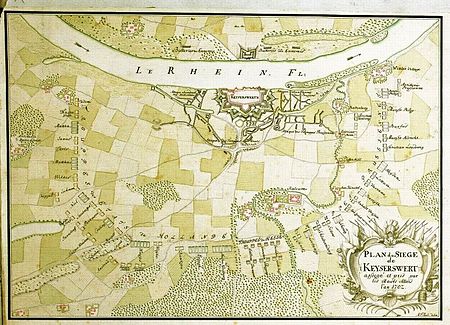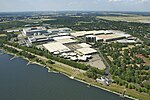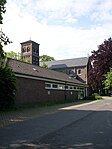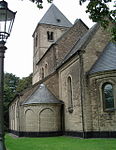Siege of Kaiserswerth
Battles in North Rhine-WestphaliaBattles of the War of the Spanish SuccessionConflicts in 1702Sieges involving FranceSieges involving Prussia ... and 3 more
Sieges involving the Dutch RepublicSieges involving the Holy Roman EmpireSieges of the War of the Spanish Succession

The siege of Kaiserswerth (18 April – 15 June 1702), was a siege of the War of the Spanish Succession. Prussian and Dutch troops numbering 38,000 men and 215 artillery pieces and mortars under the command of Imperial Field Marshal Walrad, Prince of Nassau-Usingen, besieged and captured the small French fortress on the Lower Rhine, which the French had occupied without resistance the previous year. The Dutch regarded the capture of this fortification as more important than an advance into the French-held Spanish Netherlands.
Excerpt from the Wikipedia article Siege of Kaiserswerth (License: CC BY-SA 3.0, Authors, Images).Siege of Kaiserswerth
Sankt-Göres-Straße, Dusseldorf Kaiserswerth (Stadtbezirk 5)
Geographical coordinates (GPS) Address Nearby Places Show on map
Geographical coordinates (GPS)
| Latitude | Longitude |
|---|---|
| N 51.299 ° | E 6.741 ° |
Address
Sankt-Göres-Straße 31
40489 Dusseldorf, Kaiserswerth (Stadtbezirk 5)
North Rhine-Westphalia, Germany
Open on Google Maps









